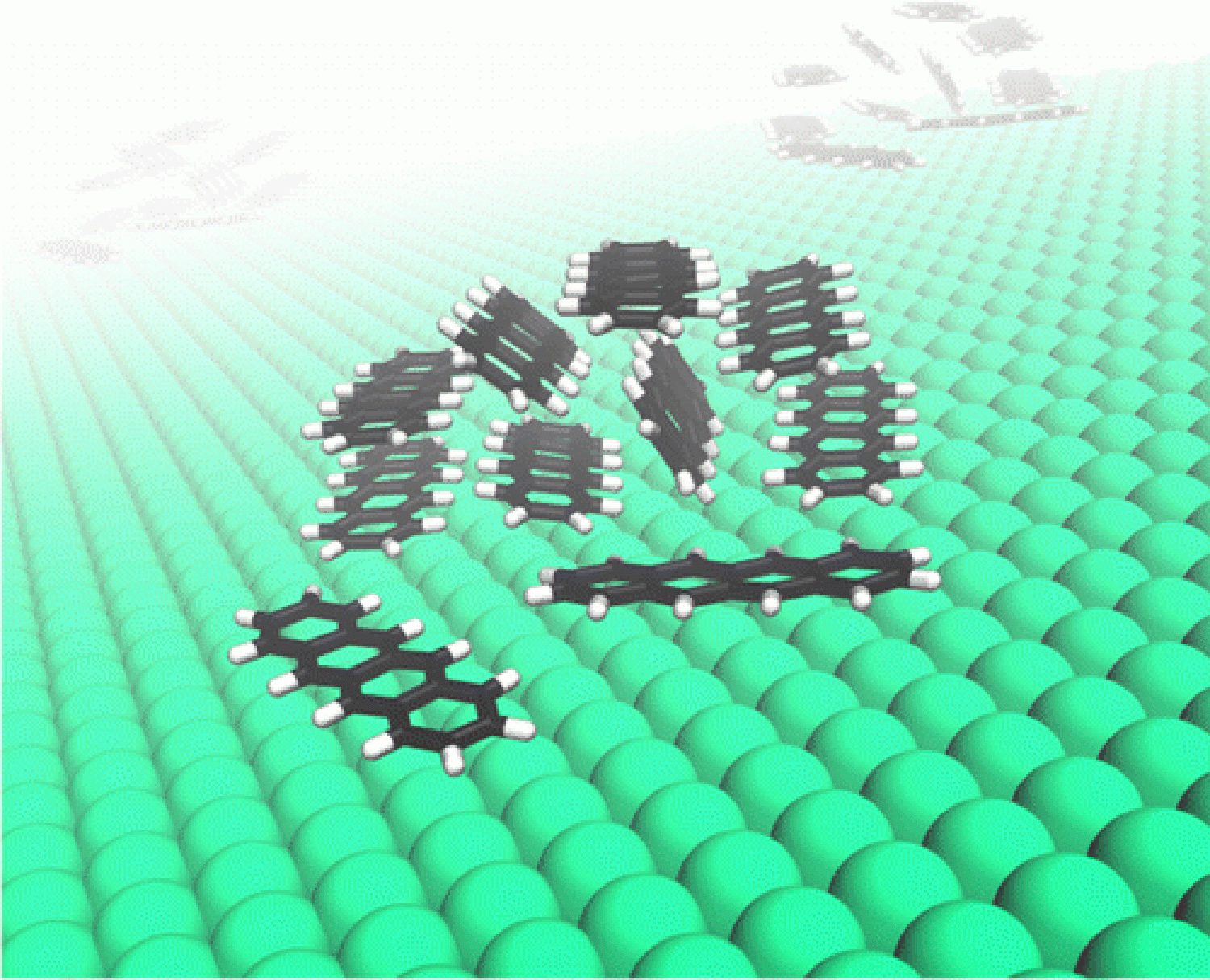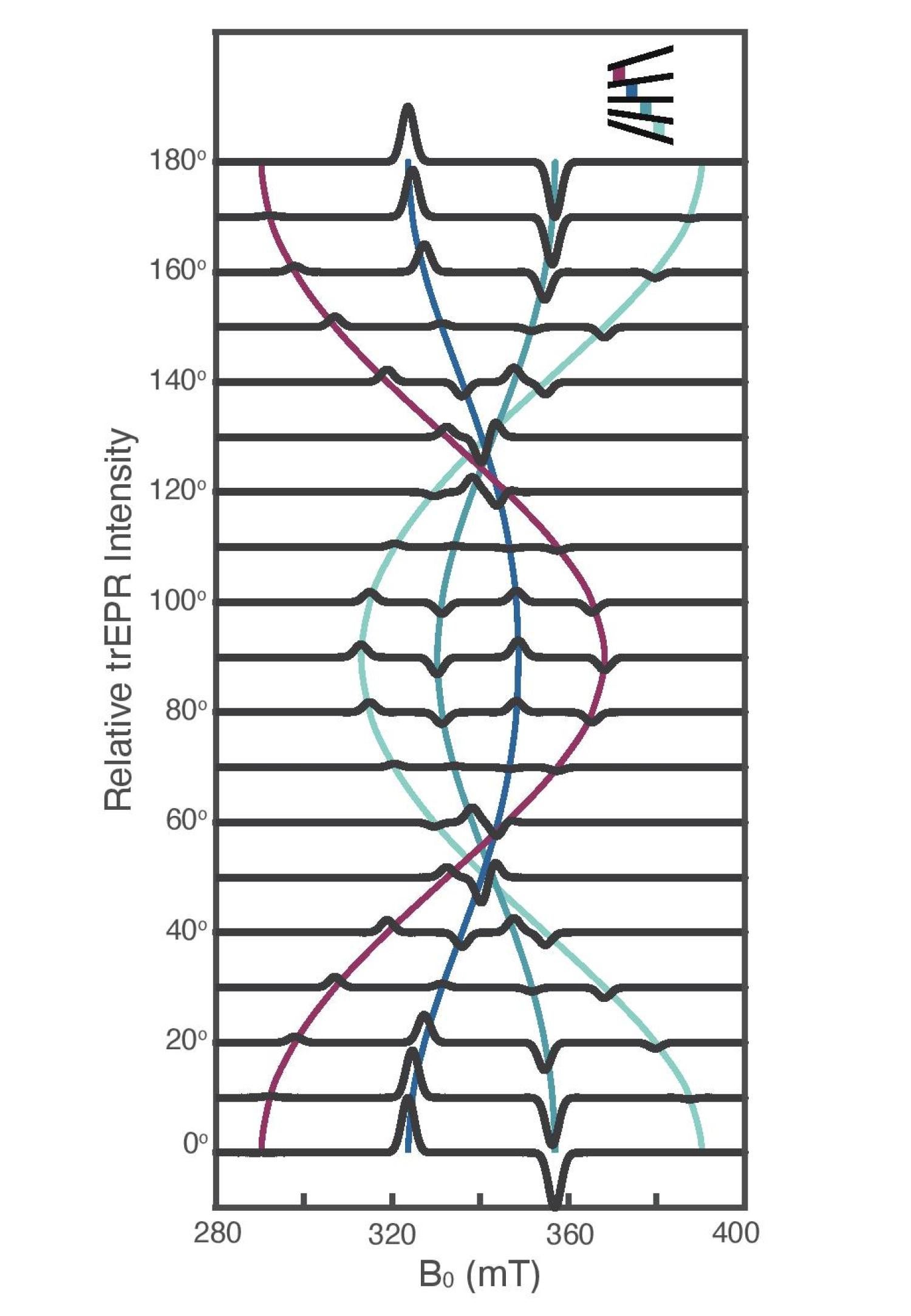Theories of Multiple-Electron Dynamics: From Singlet Fission to Excitons in Carbon Nanotubes


Until very recently, singlet fission was observed to be more efficient in crystalline phases than in analog molecular dimers. To understand this, my group developed a theory of singlet fission in ideal crystals.[4] This work shows how collective effects in crystals that have no counterpart in dimers, like exciton localization, can lead to efficient singlet fission in crystals. This work also applies recent advances in quantum information theory to quantify the role of entanglement and statistical dependence between the two triplet excitons that are products of the fission process.
Strong interactions between electrons can lead to interesting outcomes that are extraordinarily challenging to describe theoretically. An example is in carbon nanotubes, which are essentially one-dimensional objects. In metallic nanotubes, this low dimensional confinement forces electrons to interact so strongly that they form a novel phase of quantum matter called a Luttinger liquid. The Luttinger liquid theory predicted several results in electron transport that were confirmed by experiments. But because the theory was not straightforward to apply to a semiconducting system, it was virtually absent in discussions of optical phenomena. We extended the Luttinger liquid theory for transport to describe the optical excitations in semiconducting carbon nanotubes by developing a nonperturbative quantum field theory.[5] Our theory shows how the excitons that dominate the optical spectra in carbon nanotubes can be reduced to excitations of noninteracting harmonic oscillators. When compared to experiment, the theory nearly quantitatively predicts the scaling law between the optical transition energy and the tube radius for dozens of measured transitions. This work also addresses how multiple-exciton generation, an analog to singlet fission in carbon nanotubes, scales with nanotube aspect ratio. More fundamentally, our work showed that the Luttinger liquid is a fragile state that collapses even in a weakly semiconducting nanotube. The excitations of the electron density lose the long-range character of the Luttinger liquid and become particle-like, rationalizing why more orthodox numerical electronic structure methods based on quasiparticle theories, like the GW approximation and Bethe-Salpeter equation, are applicable to semiconducting carbon nanotubes.

- Smyser, K.E. and J.D. Eaves, Singlet fission for quantum information and quantum computing: the parallel JDE model. Scientific Reports, 2020. 10: p.18480
- Teichen, P.E. and J.D. Eaves, A Microscopic Model of Singlet Fission. Journal of Physical Chemistry B, 2012. 116(37): p. 11473-11481.
- Strong, S.E. and J.D. Eaves, Tetracene Aggregation on Polar and Nonpolar Surfaces: Implications for Singlet Fission. Journal of Physical Chemistry Letters, 2015. 6(7): p. 1209-1215.
- Teichen, P.E. and J.D. Eaves, Collective Aspects of Singlet Fission in Molecular Crystals. Journal of Chemical Physics, 2015. 143(4): p. 044118.
- Sweeney, M.C. and J.D. Eaves, Exciton Dynamics in Carbon Nanotubes: From the Luttinger Liquid to Harmonic Oscillators. Physical Review Letters, 2014. 112(10): p. 107402.

